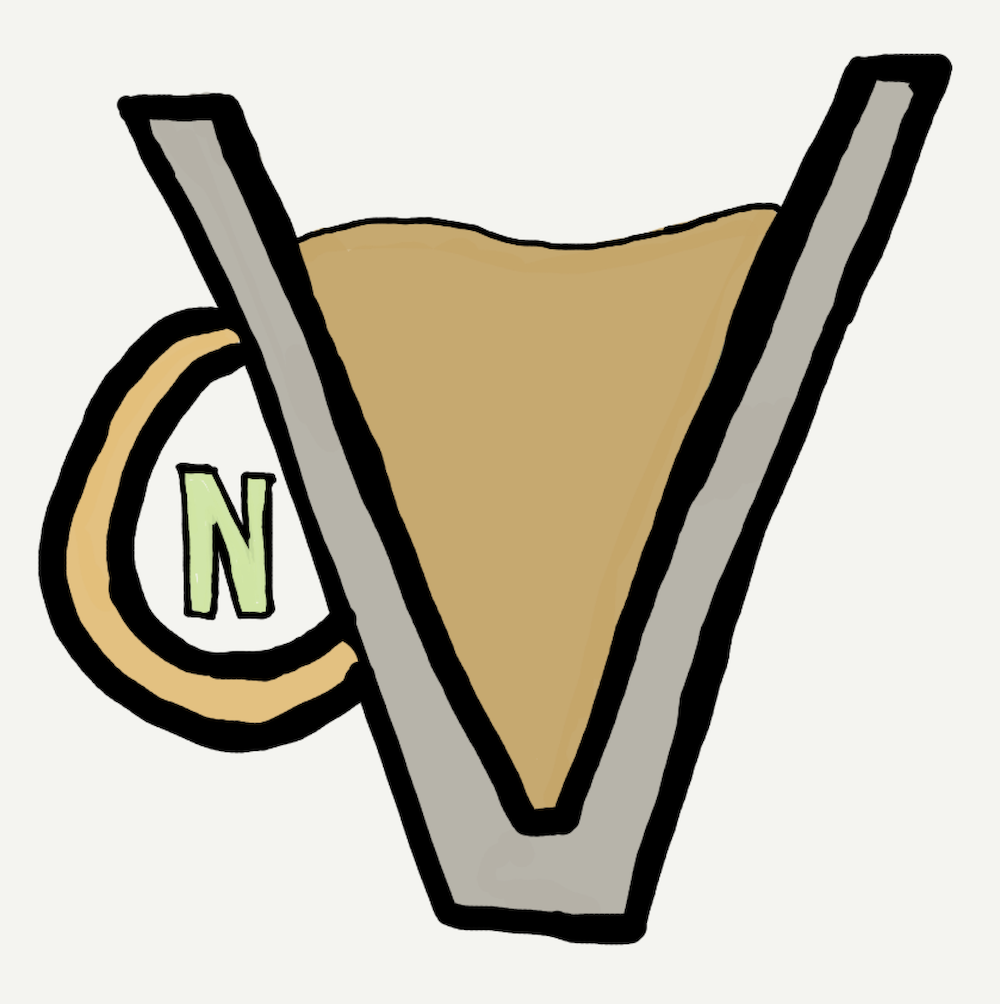A tool designed for confirming Copy Number Variants from Exome Sequencing Predictions in Silico
Python with the following required libraries: tensorflow, keras, sklearn, numpy, pandas, matplotlib, seaborn, Pillow and pysam.
Mosdepth: https://github.com/brentp/mosdepth
Tabix: http://www.htslib.org/doc/tabix.html (optional)
script_dir='/path/to/cnv_espresso/src/'
project_dir='/path/to/cnv_espresso/example/'
output_rd_dir=${project_dir}'/RD_data/'
target_file='/path/to/exome.targets.bed'
reference_file='/path/to/reference.fasta'
mkdir -p ${project_dir}
cd ${project_dir}python ${script_dir}cnv_espresso.py windows \
--target ${target_file} \
--ref ${reference_file} \
--output ${project_dir}- Option 1. Single sample
sample_name='example_sample'
bam_cram_file=/path/to/example_sample.cram
windows_file=${project_dir}/windows.bed
mkdir -p ${output_rd_dir}
mosdepth -n --fasta ${reference_file} --by ${windows_file} --mapq 30 ${output_rd_dir}/${sample_name} ${bam_cram_file}
zcat ${output_rd_dir}/${sample_name}.regions.bed.gz | cut -f1-3,5 | bgzip -c > ${output_rd_dir}/${sample_name}.cov.bed.gz
tabix -f -p bed ${output_rd_dir}/${sample_name}.cov.bed.gzThis is a relatively time-consuming step, however, you can use the following commands to accelerate the speed if you have a cluster. Otherwise, run the above commands in a loop.
- Option 2. Multiple samples (by cluster)
bam_cram_file_path_list=${project_dir}/sample_rd_file_list.txt
num_tasks=`wc -l ${bam_cram_file_path_list} | cut -f1 -d" "`
windows_file=${project_dir}/windows.bed
# Suppose we want to calculate RD for all samples using cluster
## By SGE cluster
qsub -t 1-${num_tasks} ${script_dir}cluster_mosdepth.sh \
${bam_cram_file_path_list} ${reference_file} ${windows_file} ${output_rd_dir}
## By slurm workload manager
sbatch -a 1-${num_tasks} ${script_dir}cluster_mosdepth.sh \
${bam_cram_file_path_list} ${reference_file} ${windows_file} ${output_rd_dir}Collect all the coverage files for downstream usage.
find ${output_rd_dir} -maxdepth 1 -name "*.cov.bed.gz" > ${project_dir}/sample_raw_rd.txt- Option 1. Single sample
python ${script_dir}cnv_espresso.py normalization \
--windows ${project_dir}/windows.bed \
--input ${output_rd_dir}/example_sample.cov.bed.gz \
--output ${project_dir}/norm/- Option 2. Multiple samples (input a simple list)
python ${script_dir}cnv_espresso.py normalization \
--windows ${project_dir}/windows.bed \
--input_list ${project_dir}/sample_raw_rd.txt \
--output ${project_dir}/norm/- Option 3. Multiple samples (by cluster)
windows_file=${project_dir}/windows.bed
RD_list=${project_dir}/sample_raw_rd.txt
output_dir=${project_dir}/norm/
num_tasks=`wc -l ${RD_list} | cut -f1 -d" "`
## By SGE cluster
qsub -t 1-${num_tasks} ${script_dir}cluster_gc_norm.sh \
${script_dir} ${windows_file} ${RD_list} ${output_dir}
## By Slurm workload manager
sbatch -a 1-${num_tasks} ${script_dir}cluster_gc_norm.sh \
${script_dir} ${windows_file} ${RD_list} ${output_dir}ls ${project_dir}/norm/*.gz > ${project_dir}/sample_norm_rd.txtpython ${script_dir}cnv_espresso.py reference \
--project_dir ${project_dir} \
--norm_list ${project_dir}/sample_norm_rd.txt \
--num_ref 100 \
--corr_threshold -1 Here, we will take the CNV caller's output (e.g. xhmm.xcnv) as our input and we will use the following commands to encode those CNV predictions into images.
RD_norm_dir=${project_dir}/norm/
ref_samples_dir=${project_dir}/ref_samples/
output_dir=${project_dir}
cnv_list=${project_dir}/xhmm.xcnv # or other CNV caller's output- Option 1. Generate images via single thread
python ${script_dir}cnv_espresso.py images \
--rd_norm_dir ${RD_norm_dir} \
--ref_dir ${ref_samples_dir} \
--cnv_list ${cnv_list} \
--output ${output_dir} \
--overwrite_img False- Option 2. Generate images by a cluster
Note: please modify the path of script in the
cluster_images.shfile at first.
num_tasks=`wc -l ${cnv_list} | cut -f1 -d" "`
overwrite_img=False
# By SGE cluster
qsub -t 1-${num_tasks} ${script_dir}cluster_images.sh \
${script_dir} ${RD_norm_dir} ${ref_samples_dir} ${cnv_list} ${output_dir} ${overwrite_img}
# By Slurm workload manager
sbatch -a 1-${num_tasks} ${script_dir}cluster_images.sh \
${script_dir} ${RD_norm_dir} ${ref_samples_dir} ${cnv_list} ${output_dir} ${overwrite_img}
# Collect info of CNVs and images processed by cluster into a single file.
wc -l ${output_dir}cnv_info_w_img.csv
find ${output_dir}/single_img_info/ -maxdepth 1 -type f -name '*.csv' -print0 |
sort -zV |
xargs -0 cat >${output_dir}cnv_info_w_img_collected.csvA few example images are located here.
In general, you can directly use our pretrained CNN model (MobileNet_v1_fine-tuning_3classes_log_transformed.h5) for your in silico validation (Skip step 6). However, if you have a bunch of validated or high-confidence CNVs, you can also train the CNN model from scratch. If so, please follow the tutorial below:
-
Please use
imagesfunction incnv_espresso.pyas Step5 to generate images for your prepared true deletion, true duplication, false deletion and false duplication. Note that false deletion and false duplication will be treated as diploid together in the downstream steps. -
We recommend using a GPU server to handle this step. You can train your custom model by the following commands:
true_del_img=${project_dir}/train/true_del.list
true_dup_img=${project_dir}/train/true_dup.list
false_del_img=${project_dir}/train/false_del.list
false_dup_img=${project_dir}/train/false_dup.list
output_dir=${project_dir}/model/
python ${script_dir}cnv_espresso.py train \
--true_del ${true_del_img} \
--true_dup ${true_dup_img} \
--false_del ${false_del_img} \
--false_dup ${false_dup_img} \
--use_gpu True \
--output ${output_dir}Alternatively, we also prepared a jupyter notebook (train.ipynb) for tracking and debugging the entire training process.
cnv_w_img_file=${project_dir}/cnv_info_w_img.csv (or cnv_info_w_img_collected.csv)
model_file='/path/to/model/MobileNet_v1_fine-tuning_3classes_log_transformed.h5'
output_file=${project_dir}/cnv_espresso_prediction.csv
python ${script_dir}cnv_espresso.py predict \
--cnv_list ${cnv_w_img_file} \
--model ${model_file} \
--output ${output_file} \
--use_gpu False- Collect the absolute path of images and annotate this information to ‘cnv_info_w_img.csv’
python ${script_dir}cnv_espresso.py collect_images \
--cnv_file ${cnv_w_img_file} \
--output_dir ${output_dir}Renjie Tan, Yufeng Shen, Accurate in silico confirmation of rare copy number variant calls from exome sequencing data using transfer learning, Nucleic Acids Research, 2022;, gkac788, https://doi.org/10.1093/nar/gkac788
Renjie Tan (rt2776 at cumc.columbia.edu) or Yufeng Shen (ys2411 at cumc.columbia.edu)
